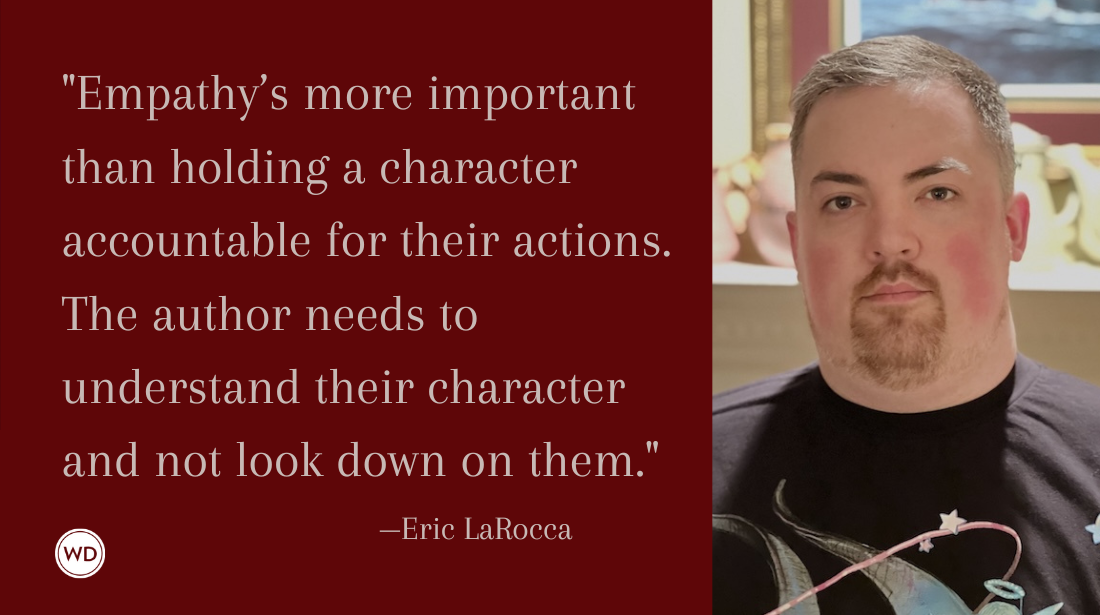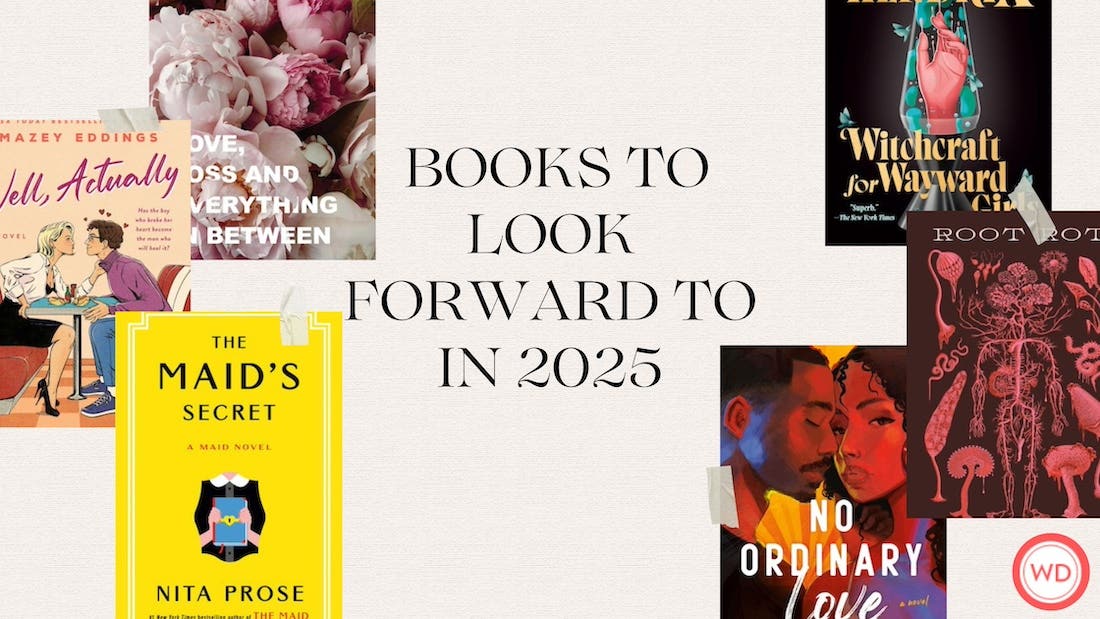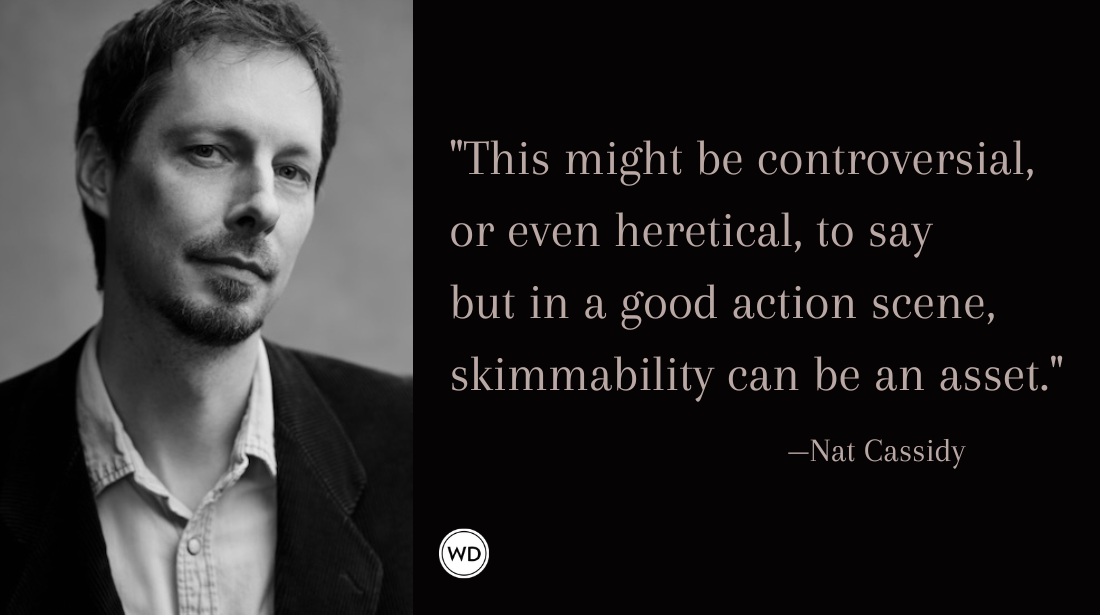Colorful Language: Falling in Love with the Speech Rhythms of the American Southwest
YA author Rayne Lacko tells how falling in love with the colorful speech patterns of the American Southwest helped her shape her novel A Song for the Road.
YA author Rayne Lacko tells how falling in love with the colorful speech patterns of the American Southwest helped her shape her novel A Song for the Road.
When I charted an epic road trip across the American Southwest for Carter Danforth, the protagonist of my new book, A Song For The Road, it was clear to me his voice needed to capture the warmth of an Oklahoma sun and be tinted by the polite-but-gritty upbringing of a young man raised by a woman who might be described as “whiskey in a teacup.” I thought I was preparing, but soon learned I was fixing to write some good old-fashioned colorful language.
I remember the first time I was exposed to colorful language. It wasn’t a “blue” comic, telling bedroom jokes and cussin’ like two eighth-graders chatting in messages on their mamas’ hand-me-down cellphones. The colorful language I heard as a child sprang magically by the labor of a faithful record needle plowing the grooves of old vinyl records featuring cowboy outlaws, early-American political activists, and daughters of coal miners.
My father was fascinated by early 20th-century history, and the books and music in his office explored the changing landscape of North America, from Henry Ford’s first Model T to the blight of the Depression-era dust bowl. He cracked up over funny Southern idioms, even when they didn’t amount to a hill of beans, and often laced them into his polite Canadian conversation. He passed to me his passion for stories and songs from early radio, when geographically specific dialects illustrated a character’s moral code, education, and social credibility; not unlike the qualities social media influencers now use to portray a unique personal brand or lifestyle.
The warmth, gentility, and good-natured humor of Southerners taught me that a colorful turn of phrase is art on the tongue, remaining in the memory long after basic F-bombs are forgotten, grayed out, and drained of power from overuse. For me, words take on color when arranged together with rhythm, placing facts in the backseat and obliging imagery’s urge to take the wheel. Colorful language tells the listener more about where the speaker is coming from and where they’re going than facts ever could.
In 1956, storyteller Johnny Cash painted a black-clad gangster self-portrait when he boldly sang, "I shot a man in Reno, just to watch him die," decades before the FCC regulated public broadcast of similar rap lyrics—not because of subject matter, but the profanity that increasingly accompanied already provocative themes. Our mamas were right; carefully chosen words carry more value than a single swear word ever could. Our vocabulary is our power.
The problem with writing Carter’s story was that my firsthand experience of the Southern tongue is a romantic amalgam of memories. I spent months researching “Southernisms” and found YouTube channels honoring hilarious idioms. I chatted with locals from Oklahoma, New Mexico, and Arizona. But I still felt unsure about presenting Carter’s voice with authenticity. If Oscar Wilde was correct, imitation is the sincerest form of flattery; I decided the answer was to offer my heart and pay my respect by crafting my own Southernisms.
Learning to turn a colorful phrase in homage to the old records my dad used to play required one part poetry, a pinch of humor, and roughly a gallon of down-home neighborliness. I’m admittedly a literary-device devotee, in love with metaphor and similes, with a shameless penchant for hyperbole. Still, it was an exquisite linguistic pleasure to seek out and blend treasured elements of Southern living with the tongue-in-cheek sarcasm particular to the region. Writing Carter’s story blossomed into a love letter to the American Southwest.
When my book finally saw the light of day, the most rewarding responses came from readers who resonated with the language. I reckon most every ear is tickled by lyrical rhythm. Colorful language evokes more than words on their own, saving the reader unnecessary exposition, and leaving a smile in its wake. It’s not what you say, but how you say it.
Have an amazing story idea, but need to learn the basics of how to write a book? WD University's Fundamentals of Fiction will take you through all of the basics of writing a novel including how important it is to choose a great setting, how to build characters, what point of view you should choose, how to write great dialogue, and more. Register today!
About Rayne Lacko
Rayne Lacko believes music, language, cooking and art connect us, and she explores those themes in her novel, A Song for the Road (SparkPress, August 2019). Lacko is a journalist whose byline has appeared in publications such as HuffPost and Yahoo, and her short story “Like Father, Like Son,” won Best of 2015 for its category at Wordhaus literary magazine. She co-hosts a library youth writing workshop and an annual filled-to-capacity writing camp, and she established Teen Story Slam, a twice-annual spoken word event for teens.








